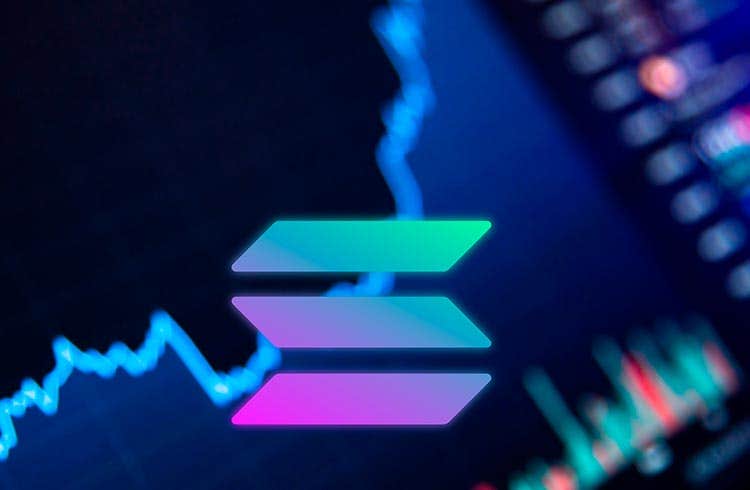Ethereum Classic is a result of a soft fork that happened in the summer of 2016. A lot happened that season, but, in short, there are two main versions of Ethereum since then: Ethereum and Ethereum Classic.
The differences aren’t particularly pronounced, but if you stop to explore what actually happened and what the efforts of the Classic community were concentrated on since then, you’ll see an interesting story about an exciting project. The history of Ethereum Classic is one of the dramatic stories of the crypto world.
Creation of Ethereum – July 2015
In the summer of 2015, Ethereum was created. The developers managed to create the first smart contract using their Turing-complete Blockchain network. What it means is that basically:
- This system is decentralized.
- The transactions on Ethereum are conducted using smart contracts, which are Blockchain-based applications.
- The local code is versatile and can be easily modified.
Naturally, it created a field for software and crypto enthusiasts to experiment and make transfers in a new, exciting way. By spring 2016, the network has registered over 1,000,000 blocks. It wasn’t until 2017 that Ether started being a truly top currency it is now and was off to a good start.
Creation of DAO – April 2016
In the spring of 2016, several investor enthusiasts created DAO – an organization that operated using the Ethereum smart contracts to conduct mass investments, in essence. The important part is that it was a huge organization that attracted a lot of capital. Most ETH holders back then were involved with DAO.
It was a profitable enterprise, but in those fledgling years of ETH, they couldn’t register the bugs and security flaws that the protocol was rife with. The ones that were eventually found were dismissed by the DAO bosses, and the organization kept working as usual.
DAO hack – June 2016
On June 17th, the bugs that were found before turned out to be an easily exploitable major hole in the protocol’s integrity. As a result, the hackers stole over $50 million in one sitting. That was one of the biggest hacks to that date.
Right after, the value of ETH dropped and both the developers and the community started thinking about a solution to remove the flaws, prevent more money from being stolen, and recover the lost money. Some issues have been resolved fast enough, but the option of making a fork was still very much on the table.
You can read more about the Ethereum hard fork controversy here. The discussions as to whether or not to introduce a fork stretched to over a month until the final vote regarding the fork introduction resulted in overwhelming support by the people.
New fork
The vote was not a poll. The developers simply released a fork update that would upset the least number of people and allowed the users to decide for themselves whether they want to use this new protocol or not. About 80% decided to give it a go, and so Ethereum entered its second stage.
There were many specifications, but the general idea behind the fork was this:
- The DAO smart contracts are frozen and no longer available to users, which means no bugs associated with it, and no major security flaws.
- The stolen funds are recovered and returned to the owners.
- The currency and the protocol are mostly the same, except it’s still a new code, completely incompatible with the pre-fork protocol.
Just a few days after the implementation of the new fork on July 20th, people who did not update (and thus rejected the new fork) decided to start bonding together in order to layout the basis of a new currency – Ethereum Classic (ETC).
This ‘new’ currency was actually the same Ethereum, but from a pre-fork protocol. So, it’s actually the old currency, while Ethereum became a ‘new’ crypto.
Later history
The conservative nature of the Classic prompted the development team, consisting of skilled volunteers who got together in early 2021, to change the protocol as little as possible. The few changes that happened since the fork mostly just resulted in the improvement of the general quality of life on the network.
The principles of work, as well as the structure, stayed virtually the same throughout the years since the fork in mid-2016.
The notable exceptions include the adjustments of the ‘Difficulty Bomb’ – the piece of code added into protocol long before the fork. It was meant to gradually increase the amount of effort needed for mining, which didn’t benefit the ETC miners very much.
The main issue was that ETC was in essence a new currency, and it didn’t grow as quickly as was projected for ETH. This was actually a very controversial subject and was discussed extensively (it still is). The idea behind the bomb was that it would allow a gradual transition from the PoW to the PoS format.
It’s a complex topic, but just trust that PoS is better for everyone. Despite that, the ETC community decided to first delay it (in January 2017), and then defuse it altogether (in May 2018). It made the coins easier to mine, but also damaged it in the long run.
How to buy, sell and create NFT on OpenSea
- Michaël van de Poppe: Bitcoin to Hit $500,000 This Cycle? 🚀💸 Or Just Another Crypto Fairy Tale? - December 21, 2024
- What is the Meme Coin Bonk, Price Predictions 2025–2030, and Why Invest in BONK? - December 18, 2024
- BNB Price Analysis: 17/12/2024 – To the Moon or Stuck on a Layover? - December 17, 2024



















![Top 10 Cryptocurrency Platforms for Grid Trading in [current_date format=Y] 19 Top 10 Cryptocurrency Platforms for Grid Trading](https://cryptheory.org/wp-content/uploads/2024/12/grid-trading-120x86.jpg)




